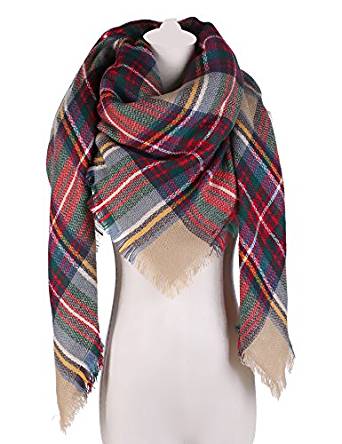
noun
- a plural of scarf1.
noun, plural scarfs, scarves [skahrvz] /skɑrvz/.
- a long, broad strip of wool, silk, lace, or other material worn about the neck, shoulders, or head, for ornament or protection against cold, drafts, etc.; muffler.
- a necktie or cravat with hanging ends.
- a long cover or ornamental cloth for a bureau, table, etc.
verb (used with object)
- to cover or wrap with or as if with a scarf.
- to use in the manner of a scarf.
noun, plural scarfs.
- a tapered or otherwise-formed end on each of the pieces to be assembled with a scarf joint.
- Whaling. a strip of skin along the body of the whale.
verb (used with object)
- to assemble with a scarf joint.
- to form a scarf on (the end of a timber).
- Steelmaking. to burn away the surface defects of (newly rolled steel).
- Whaling. to make a groove in and remove (the blubber and skin).
noun
- a plural of scarf 1
noun plural scarves (skɑːvz) or scarfs
- a rectangular, triangular, or long narrow piece of cloth worn around the head, neck, or shoulders for warmth or decoration
verb (tr) rare
- to wrap with or as if with a scarf
- to use as or in the manner of a scarf
noun plural scarfs
- Also called: scarf joint, scarfed joint a lapped joint between two pieces of timber made by notching or grooving the ends and strapping, bolting, or gluing the two pieces together
- the end of a piece of timber shaped to form such a joint
- NZ a wedge-shaped cut made in a tree before felling, to determine the direction of the fall
- whaling an incision made along a whale’s body before stripping off the blubber
verb (tr)
- to join (two pieces of timber) by means of a scarf
- to make a scarf on (a piece of timber)
- to cut a scarf in (a whale)
n.1“band of silk, strip of cloth,” 1550s, “a band worn across the body or over the shoulders,” probably from Old North French escarpe “sash, sling,” which probably is identical with Old French escherpe “pilgrim’s purse suspended from the neck,” perhaps from Frankish *skirpja or some other Germanic source (cf. Old Norse skreppa “small bag, wallet, satchel”), or from Medieval Latin scirpa “little bag woven of rushes,” from Latin scirpus “rush, bulrush,” of unknown origin [Klein]. As a cold-weather covering for the neck, first recorded 1844. Plural scarfs began to yield to scarves early 18c., on model of half/halves, etc. n.2“connecting joint,” late 13c., probably from a Scandinavian source (cf. Old Norse skarfr “nail for fastening a joint,” Swedish skarf, Norwegian skarv). A general North Sea Germanic ship-building word (cf. Dutch scherf), the exact relationship of all these is unclear. Also borrowed into Romanic (cf. French écart, Spanish escarba); perhaps ultimately from Proto-Germanic *skarfaz (cf. Old English sceorfan “to gnaw, bite”), from PIE *(s)ker- “to cut” (see shear (v.)). Also used as a verb. v.“eat hastily,” 1960, U.S. teen slang, originally a noun meaning “food, meal” (1932), perhaps imitative, or from scoff (attested in a similar sense from 1846). Or perhaps from a dialectal survival of Old English sceorfan “to gnaw, bite” (see scarf (n.2)); a similar word is found in a South African context in the 1600s. Related: Scarfed; scarfing.
 Liberal Dictionary English Dictionary
Liberal Dictionary English Dictionary